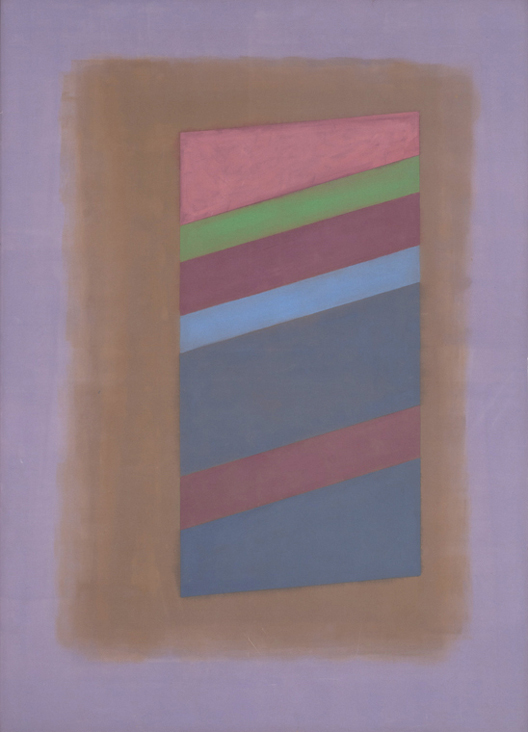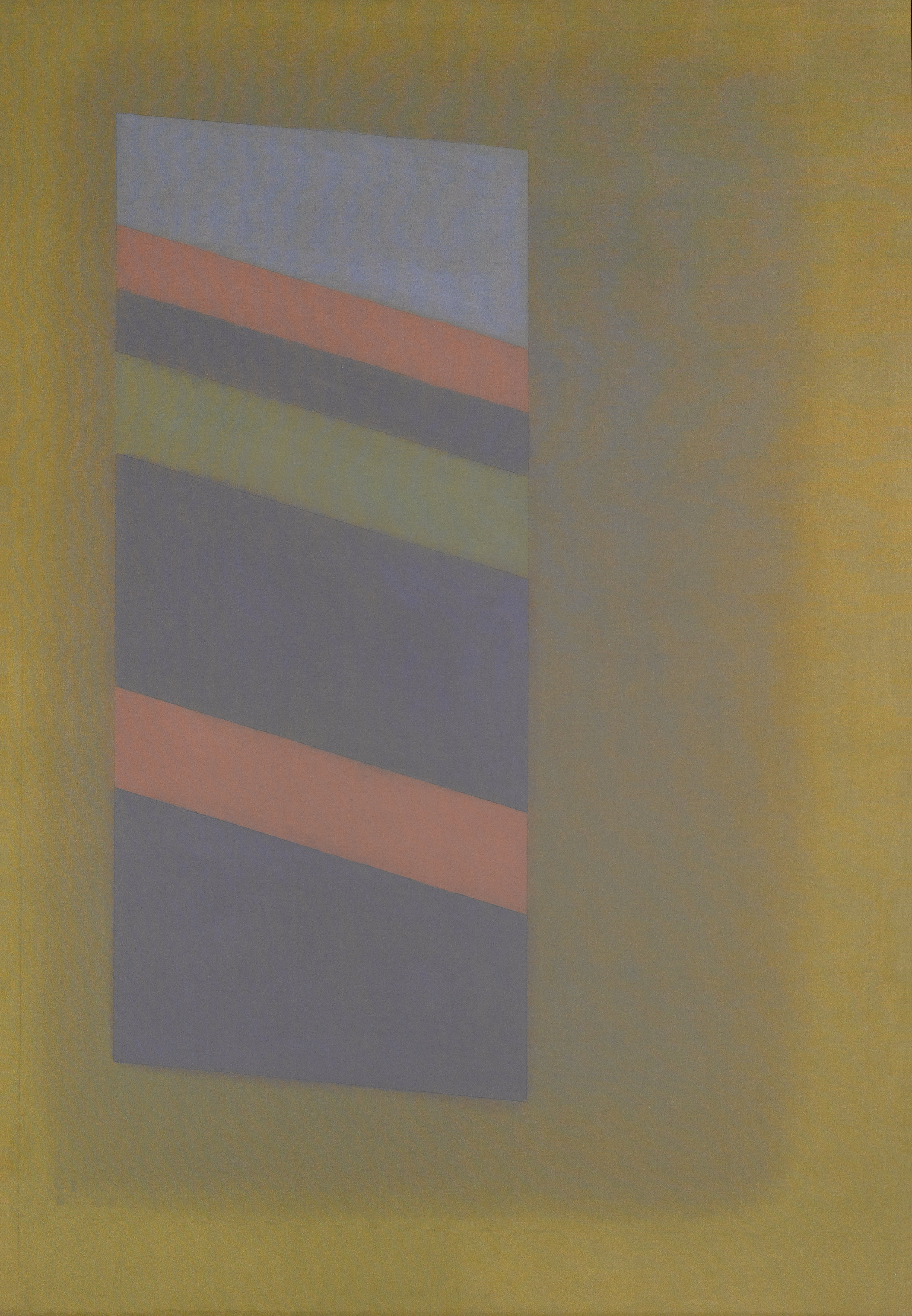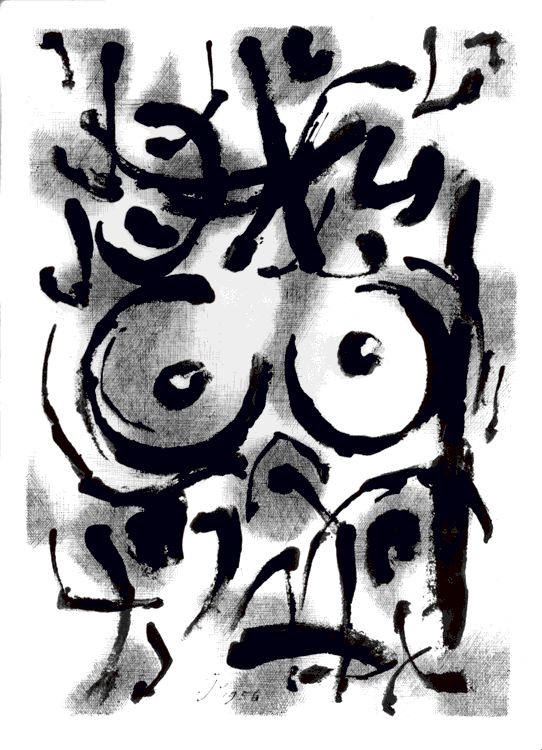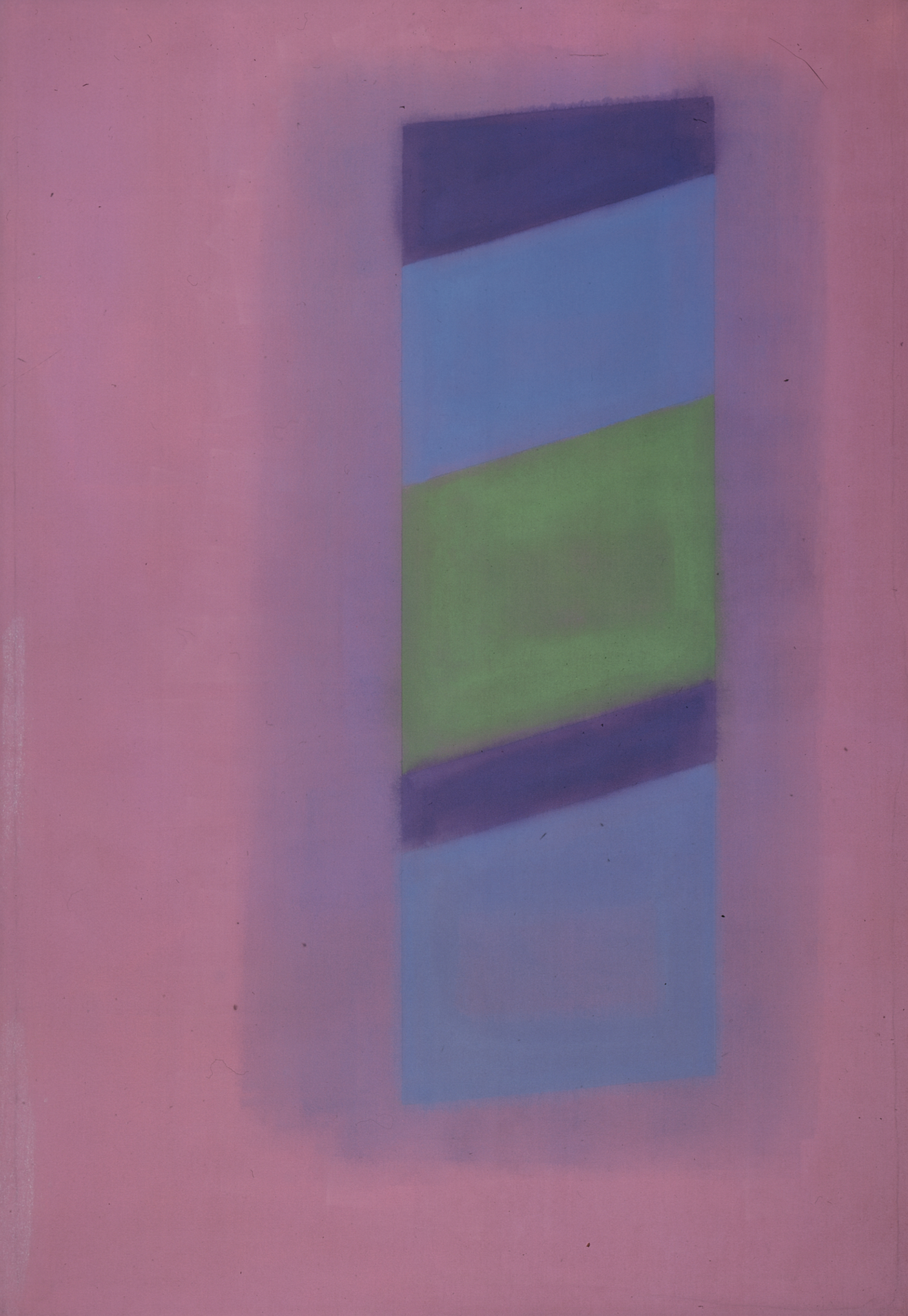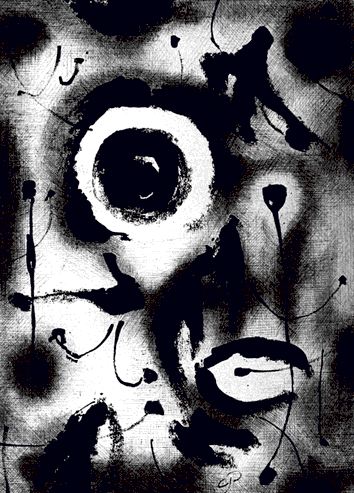THE ESTATE of CHARLES POLLOCK
(1902 - 1988)
Charles Pollock was born in 1902, Denver, Colorado. The eldest of a family of five boys (Marvin Jay, Frank Leslie, Sanford Leroy and Paul Jackson), he spent his childhood in the American West: Colorado, Wyoming, Arizona, California. At twenty, he went to Los Angeles where he worked as copy-boy and make-up editor for the Los Angeles Times. At the same time, he attended classes at the Otis Art Institute. At the beginning of his artistic career, he showed an interest in Mexican art and particularly in the Mexican mural painters. His contact with the work of Max Weber, Orozco, Rivera and Thomas Hart Benton, took him to New York where he settled in 1926. He went to the Art Students’ League and studied with Thomas Hart Benton, became his assistant and friend. Until the middle of the 1940s his work was marked by Benton’s regional style.
Charles Pollock: Black to Color, Installation view at Jason McCoy Gallery, 2015.
In 1930, he made a living teaching art at the City and Country School in Manhattan and painting posters for cinema marquees. In 1935 he went to Washington, D.C., where he worked for the Resettlement Administration (Special Skills Division) and traveled through the South making drawings and studies. In 1937 he went to Detroit, Michigan where he worked for the United Automobile Workers’ union newspaper as political cartoonist. From 1938 to 1942, Charles Pollock was Supervisor of Mural Painting and Graphic Arts for the Federal Arts Project (WPA) in Michigan. He made murals for the Water Conditioning Plant in the State capitol (Lansing) and another for the Fairchild Auditorium at Michigan State College (later Michigan State University), in East Lansing. From 1942 to 1967, he taught design, printmaking, calligraphy and typography at Michigan State University where he created a department of fine printing working with a Washington Hand Press. He was book designer to the Michigan State College Press from 1942 to 1959. In 1945, after finishing the Fairchild Auditorium mural, he went to the desert in Arizona to draw and paint; he then broke definitively with social realist, regionalist art and began experimenting with abstraction.
Charles Pollock (1902-1988), Self-Portrait, 1930s, Pencil and gouache on tan paper, 9 1/2 x 7 7/8 inches.
He took his first sabbatical year in Mexico in 1955-56. He lived in a little village on Lake Chapala, where he made the Chapala series: thirty large ink drawings and fifteen paintings, all marked by his interest in calligraphy. In 1959 he began working in a somber style with black figures of tinted gray grounds: the Black and Gray series. In 1962-63 he took his second sabbatical year in Rome, where he painted the somber and majestic Rome series and made aquatints. He was artist in residence at the University of Pennsylvania in 1965 and 1967, the recipient of a Guggenheim Grant in 1967-68 and a National Foundation of Arts Grant in 1967. During these productive years, relieved of his teaching duties, he returned to painting in vibrant color. He retired from teaching in 1967 and moved to New York with his wife and year-old daughter. In his studio on the Bowery he made the extensive, diaphanous paintings in the NY series. In 1971 he moved to Paris with his family; there, in his atelier on the rue du Cherche-Midi, he painted the Passim, Trace, and Cantus series, confirming his intimate and magistral relation to color. In his last productive years he made a series of small drawings in black and white. He spent the last seventeen years of his life in Paris where he died in 1988 at the age of 85.




